 W
WCholera is an infection of the small intestine by some strains of the bacterium Vibrio cholerae. Symptoms may range from none, to mild, to severe. The classic symptom is large amounts of watery diarrhea that lasts a few days. Vomiting and muscle cramps may also occur. Diarrhea can be so severe that it leads within hours to severe dehydration and electrolyte imbalance. This may result in sunken eyes, cold skin, decreased skin elasticity, and wrinkling of the hands and feet. Dehydration can cause the skin to turn bluish. Symptoms start two hours to five days after exposure.
 W
WSeven cholera pandemics have occurred in the past 200 years, with the first pandemic originating in India in 1817. Additionally, there have been many documented cholera outbreaks, such as a 1991–1994 outbreak in South America and, more recently, the 2016–2021 Yemen cholera outbreak.
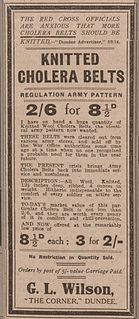 W
WA cholera belt was a flat strip of flannel or knitted wool about six feet long and six inches wide which was twisted around the abdomen before wearing a shirt and purported to be a preventive measure against cholera. It was a standard army issue and widely believed to protect the wearer from cholera, dysentery and other ills thought to be brought about by chilling of the abdomen. Their use continued well after the causal agent of cholera was established. In 1848 the instructions to army medical officers in India included the suggestion that every soldier should be provided two "cholera belts". In the early 1900s, its use was still recommended for preventing dysentery. In 1914, donations by the tiny village of Middlemarch, New Zealand of items such as tobacco, shirts and tinned fruit for soldiers going to fight in World War I, included "26 cholera belts". The idea of abdominal chilling as a factor in illness was brought up as late as 1947 although it was rejoined by those who pointed out that the idea was not based on experimental evidence.
 W
WThe Ghost Map: The Story of London's Most Terrifying Epidemic – and How it Changed Science, Cities and the Modern World is a book by Steven Berlin Johnson in which he describes the most intense outbreak of cholera in Victorian London and centers on John Snow and Henry Whitehead.
 W
WSir George Johnson was an eminent English physician who became recognized as an authority on cholera and kidney diseases. Some of his theories are no longer accepted today.
 W
WHeinrich Hermann Robert Koch was a German physician and microbiologist. As the discoverer of the specific causative agents of deadly infectious diseases including tuberculosis, cholera, and anthrax, he is regarded as one of the main founders of modern bacteriology. As such he is popularly nicknamed the father of microbiology, and as the father of medical bacteriology. His discovery of the anthrax bacterium in 1876 is considered as the birth of modern bacteriology. His discoveries directly provided proofs for the germ theory of diseases, and the scientific basis of public health.
 W
WOral rehydration therapy (ORT) is a type of fluid replacement used to prevent and treat dehydration, especially due to diarrhea. It involves drinking water with modest amounts of sugar and salts, specifically sodium and potassium. Oral rehydration therapy can also be given by a nasogastric tube. Therapy should routinely include the use of zinc supplements. Use of oral rehydration therapy has been estimated to decrease the risk of death from diarrhea by up to 93%.
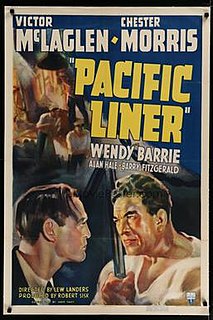 W
WPacific Liner is a 1939 American action/adventure film directed by Lew Landers. The film stars Victor McLaglen, Chester Morris and Wendy Barrie. Pacific Liner is primarily set in the engineering section of the vessel, where a stowaway has infected the crew with cholera. While passengers remain oblivious, the ship’s doctor (Morris) and nurse (Barrie) work to control the infection and heal their patients while the engineer (McLaglen)—who scoffs at “bugs”—keeps the stokers at their jobs filling the ship’s boilers with coal to make the best time to San Francisco.
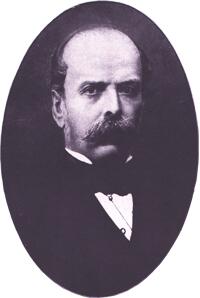 W
WFilippo Pacini was an Italian anatomist, posthumously famous for isolating the cholera bacterium Vibrio cholerae in 1854, well before Robert Koch's more widely accepted discoveries 30 years later.
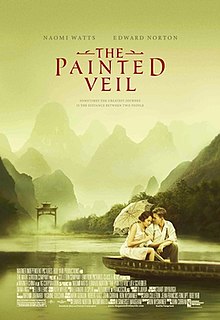 W
WThe Painted Veil is a 2006 American drama film directed by John Curran. The screenplay by Ron Nyswaner is based on the 1925 novel of the same title by W. Somerset Maugham. Edward Norton, Naomi Watts, Toby Jones, Anthony Wong Chau Sang and Liev Schreiber appear in the leading roles.
 W
WCholera Riots refers to civil disturbances associated with an outbreak or epidemic of cholera.
 W
WJohn Snow was an English physician and a leader in the development of anaesthesia and medical hygiene. He is considered one of the founders of modern epidemiology, in part because of his work in tracing the source of a cholera outbreak in Soho, London, in 1854, which he curtailed by removing the handle of a water pump. Snow's findings inspired the adoption of anaesthesia as well as fundamental changes in the water and waste systems of London, which led to similar changes in other cities, and a significant improvement in general public health around the world.
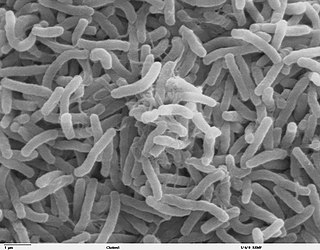 W
WVibrio cholerae is a species of Gram-negative, facultative anaerobe and comma-shaped bacteria. The bacteria naturally live in brackish or saltwater where they attach themselves easily to the chitin-containing shells of crabs, shrimps, and other shellfish. Some strains of V. cholerae are pathogenic to humans and cause a deadly disease cholera, which can be derived from the consumption of undercooked or raw marine life species.
 W
WVirstatin is a small molecule that inhibits the activity of the cholera protein, ToxT.
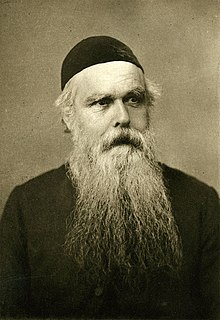 W
WHenry Whitehead was a Church of England priest and the assistant curate of St Luke's Church in Soho, London, during the 1854 cholera outbreak.